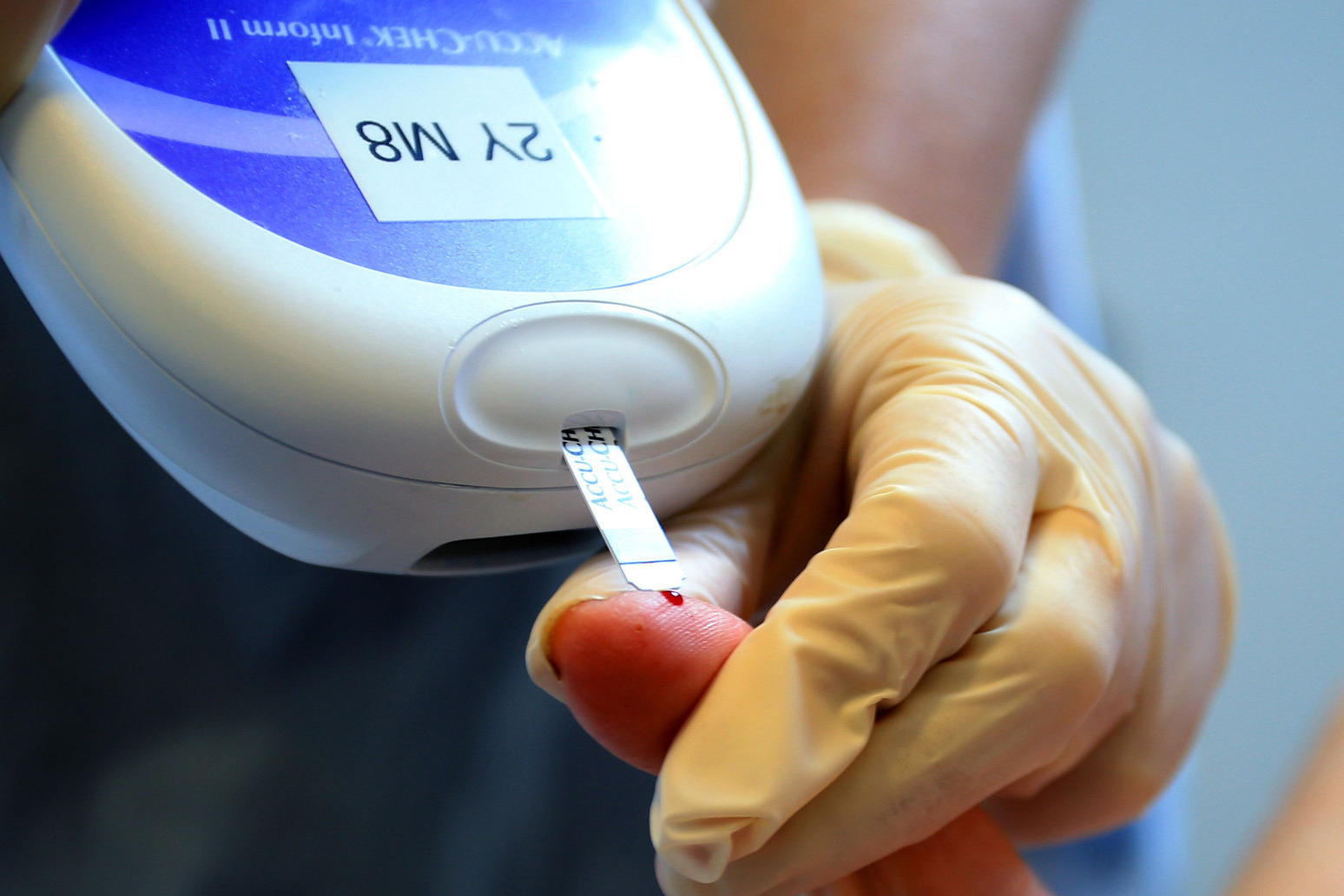
Screening people in A&E for diabetes ‘could pick up thousands of new cases’
creening people in A&E for diabetes could pick up thousands of new cases, research suggests.
Figures from Diabetes UK show that more 4.3 million people in the UK have diabetes but around 850,000 are yet to be diagnosed.
A new study from an English NHS trust suggests 10% more cases could be picked up as well as 30% more cases of pre-diabetes – a serious condition where blood sugar levels are higher than normal but not high enough to be diagnosed as type 2.
The study, presented at the European Association for the Study of Diabetes (EASD) conference in Hamburg, included data for 1,388 patients visiting the A&E department at Tameside and Glossop Integrated Care NHS Foundation Trust in Ashton-under-Lyne.
None of the people had a diabetes diagnosis and they were all selected at random for the study.
All the patients were screened for type 2 diabetes using the glycated haemoglobin (HbA1c) test, which gives an indication of average blood sugar levels over the previous two to three months.
Pre-diabetes was defined as having HbA1c 39-47 mmol/mol and diabetes as 48 mmol/mol or higher.
People were also asked to complete a questionnaire about their background, ethnicity and risk factors for diabetes.
This information was then used to calculate each patient’s Finnish Diabetes Risk Score (FINDRISC) to identify those at risk of developing type 2 diabetes, with scores of more than 20 indicating a very high risk of developing diabetes (50% chance over 10 years) and scores of 12 to 20 indicating moderate to high risk (33% chance over 10 years).
Of all 1,388 patients screened, 848 (61%) had normal blood glucose levels but 420 (30%) were found to have pre-diabetes and 120 (9%) were diagnosed with type 2 diabetes.
Professor Edward Jude, who worked on the study, said: “Early diagnosis is the best way to avoid the devastating complications of type 2 diabetes, and offers the best chance of living a long and healthy life.
“Symptoms of type 2 diabetes may be absent and can be tricky to spot in the early stages and the condition can go undetected for up to 10 years, which can lead to long-term complications such as heart disease, nerve damage and retinopathy.”
The team said that, based on the results, tens of thousands of new cases of pre-diabetes and diabetes could be diagnosed in A&E departments across the country every year.
The study found people of South Asian and other ethnic backgrounds had a higher incidence of glucose intolerance compared to white people (43% v 38%) and were twice as likely to be diagnosed with pre-diabetes or diabetes.
Further analysis in the study found that each unit increase in the FINDRISC score (above zero) was associated with a 7% increased risk for pre-diabetes and a 15% increased risk for type 2 diabetes.
Prof Jude said: “Opportunistic HbA1c-based screening in A&E departments, particularly those in high-risk and hard-to-reach groups, could make an important contribution to identifying undiagnosed individuals who will benefit from early treatment and lifestyle changes and so reduce their risks of long-term complications.
“Our findings suggest that the FINDRISC score could also be used to help ensure those at highest risk of developing type 2 diabetes are made aware of their risk.”
Esther Walden, deputy head of care at Diabetes UK, said: “This study suggests that opportunistic screening in A&E could detect some of the estimated 850,000 cases of undiagnosed type 2 diabetes in the UK.
“This could particularly help diagnose people who don’t routinely access healthcare, potentially helping to reduce inequalities in diabetes care.
“A timely type 2 diabetes diagnosis is essential in ensuring that people get the treatment and support needed to manage the condition and avoid serious complications, and for some, a chance to put it into remission.”
A separate study from the University of Cambridge and the University of Glasgow found that having a type 2 diabetes diagnosis at the age of 30 can cut life expectancy by up to 14 years.
For those diagnosed aged 50, their life expectancy could fall by up to six years.
Type 2 diabetes is linked to being overweight or obese, with obesity believed to account for 80% to 85% of the risk of developing the condition.
Published: by Radio NewsHub